Plagiarism in Pop Culture: The Kids are Alright
However, they're not all plagiarists... Just one is...
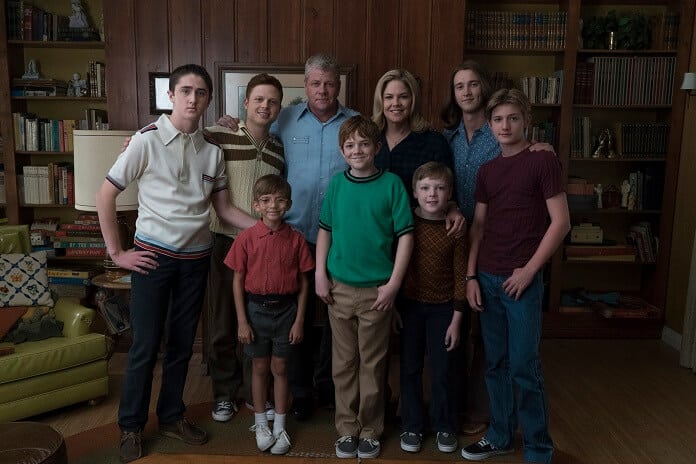
Though many TV shows have used plagiarism as a plot device, most of the time it’s something you see come up in the later seasons. The Facts of Life, for example, waited until the sixth season and The Goldbergs waited until the fifth.
Writers, it seems, love to use plagiarism as a plot device, but also have other things they’d rather talk about first.
In that regard, The Kids are Alright, an ongoing situation comedy on ABC, has certainly broke the mold. Plagiarism was the focus of their second episode, the first after their pilot.
The show, which focuses on the life of a 1970s family with eight boys, tells a plagiarism tale that’s both unique and familiar at the same time. It’s the story of a boy, desperate to win a poetry contest, that turns to plagiarism as a last resort.
However, things take a turn when he finds out he might not be the only plagiarist in the house…
Content Warning: Spoilers for The Kids Are Alright Season 1, Episode 2 below…
The Plot
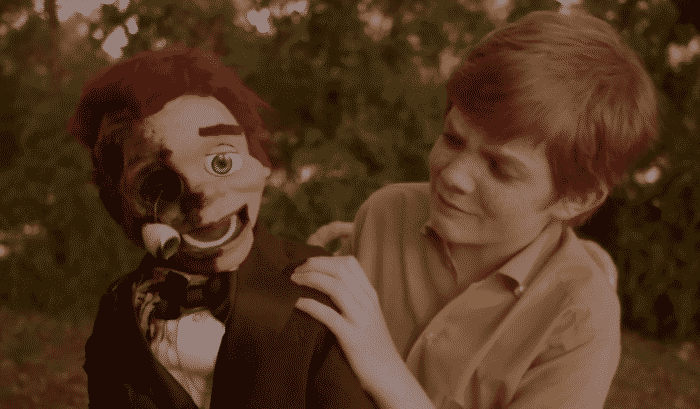
The story begins with the family matriarch, Peggy, throwing all of the boys out of the house with instructions to go outside and enjoy the summer. Timmy, a 12-year-old middle child in the family and the show’s narrator, explains that everyone in the family was pressured to go out and get summer jobs.
For Timmy, that meant working parties with his ventriloquist dummy (even though he’s quite bad at ventriloquism). Unfortunately for Timmy, his dummy was damaged in a “mysterious” basement fire and he needed $20 to fix it, money he didn’t have and couldn’t ask for.
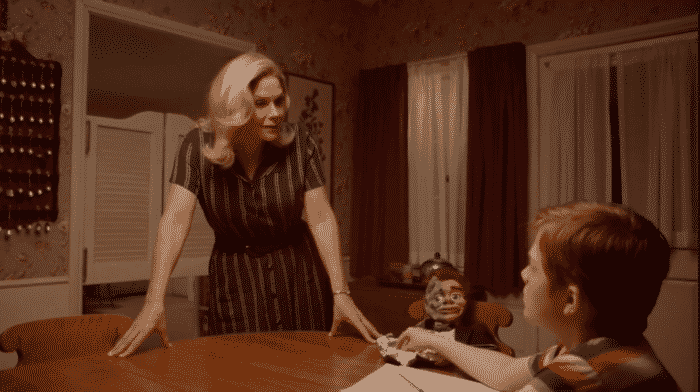
However, Timmy becomes ecstatic to learn about a local kids poetry contest that pays a $25 cash prize to the winner. That night he sits down to write one but struggles to come up with anything. Peggy, sensing his frustration, comforts him and talks about how she used to write poetry as well. she offers him her old rhyming dictionary and wishes him luck.
But, as Timmy flips through the dictionary, one of his mom’s old poems falls out. Finding it amazing, he simply copies the poem and submits it as his own.
Days later, Timmy learns that he won the contest. His brother Frank, the family snitch, doesn’t believe it and accuses Timmy of cheating. Timmy denies the charge but then reads that, in order to collect his cash prize, he would have to read it at a local festival.

Realizing that his mom will recognize the poem, Timmy grows desperate and turns to the family troublemaker, Joey, for help. Joey changes the time of the event on the family calendar so that they’ll miss the event.
At the festival, things seem to go well. The family doesn’t show up and Timmy does a dramatic reading of the poem and he collects his check. However, as he goes to leave, he realizes that his family had indeed made it, thanks to Frank’s snitching, and his mom was clearly aware of what was going on.
His mom then began to lavish praise and attention onto Timmy. Torn between thinking his mom was trying to make him feel guilty or thinking she genuinely didn’t know, Timmy struggles to enjoy the fruits of his mom’s affection, including a chocolate cake.
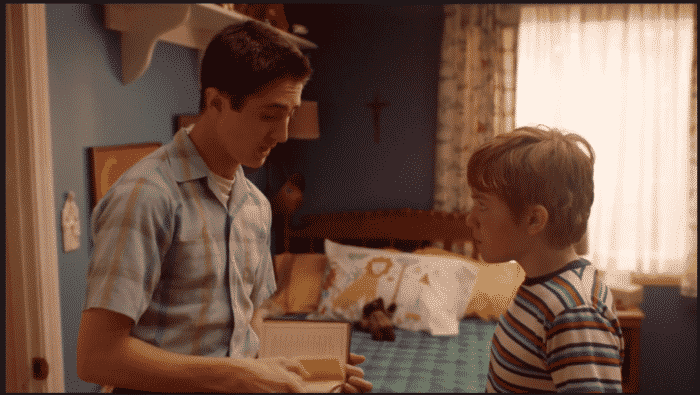
It’s then that Frank barges in and says he knows where Timmy stole the poem from. However, it’s not from his mom, it’s a 1914 poem by David Langford Wallace. His mom had plagiarized it first.
This began a game of chicken between Timmy and his mom. Timmy moves to submit the poem to Reader’s Digest for their poetry contest and he needed his mom to sign the card. The two of them have a terse exchange where it becomes clear, without either directly saying it, that they each know the other stole the work.
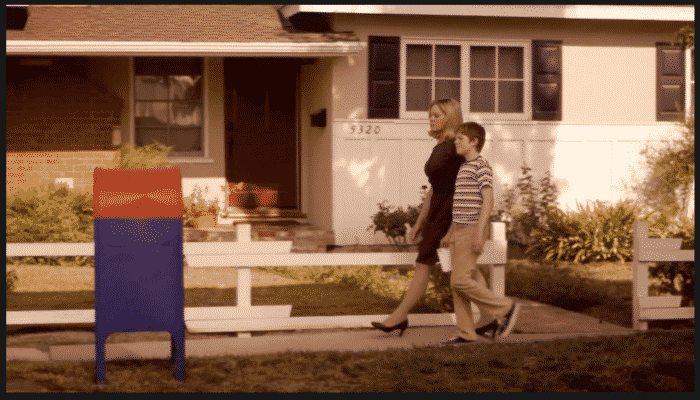
Still, the game of chicken continues with the two of them walking the letter to the postbox and sending it off even though winning it (or maybe even losing it) would mean them both getting exposed.
Still, it wasn’t a contest that they would win. Reader’s Digest rejected it but poet Ron McKuen, who was judging the contest, included a personal letter of encouragement.
Even though neither had written the poem, both felt a strange sense of disappointment at not winning and took a great deal of pride in the letter from McKuen. So much so that the letter was framed and hung in the house.
Understanding the Plagiarism
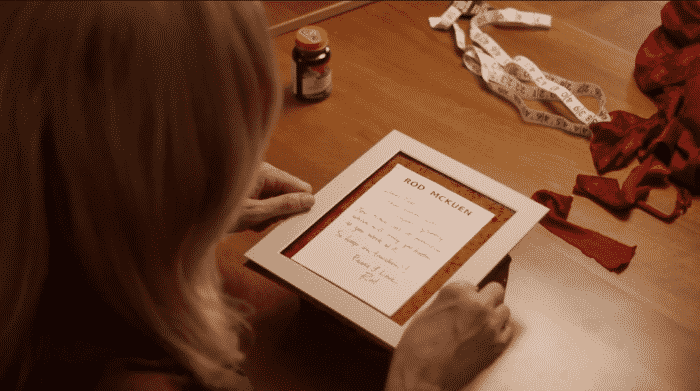
Ever since this episode aired I’ve been asked about it multiple times by friends and family. Sadly, due to Halloween, holidays, other planned entries in this series and medical leave, I was just now able to get to it.
That said, there were two questions everyone asked:
- How realistic is this plagiarism?
- What do I think of the outcome?
As for how realistic the plagiarism is, the answer is very. Pre-internet and pre-plagiarism detection software, one could easily plagiarize a poem, even a published one by a well-known author, and likely get away with it for a time.
The reason is that catching plagiarism in those days relied upon someone remembering the source material. It’s unlikely a teacher, in Peggy’s case, or a small local festival, in Timmy’s case, would have even read the source poem, let alone remember it.

But even in more modern times we sometimes see plagiarisms of plagiarisms. I routinely cite a story involving the journal Anesthesia and Analgesia, which, in December 2010, retracted a paper for plagiarizing a paper that, itself, had been retracted for plagiarism.
In short, this is very possible, even likely. Though submitting to Reader’s Digest was a huge (and unnecessary) risk, there’s still a good chance they wouldn’t have noticed either. The only unrealistic part is that they didn’t show how hard Frank had to look for the work. Though they made a quip about him laminating his library card, we don’t know how long it took him and never see his labor.
Cheers, which had a somewhat similar plagiarism story (albeit with a different twist), did a much better job exploring this issue.
As for the ending, it too was fairly realistic. Sure, no one was punished for the plagiarism, Timmy even being rewarded for it, but it explored an element of plagiarism that is rarely talked about: How plagiarists get attached to their “work”.
Both Timmy and his mom were sad when their submission wasn’t accepted by Reader’s Digest, even though neither had written it.
Plagiarists, in a strange twist, often become very attached to the words that they steal. We saw this recently with the Ailey O’Toole plagiarism scandal where she literally tattooed words she’d plagiarized onto her arm.
I’ve even seen this first hand in dealing with plagiarism of my work. When shutting down plagiarists, the impression I often get from them wasn’t just one of embarrassment, but of loss.
This doesn’t make a lot of sense until you realize that most plagiarists know plagiarism is wrong (something covered in the show). So, by plagiarizing the work and putting it out there publicly, they’re taking a huge risk. They aren’t investing any creativity or work, but there’s certainly an emotional investment to overcome those feelings of guilt and fear.
Such an attachment may not make obvious sense, but the actions of plagiarists often don’t, at least when seen through the eyes of actual creatives.
In short, the episode is about as realistic as I would expect any sitcom to be about plagiarism, even if that does mean the ending is less than satisfying for those wanting to see plagiarists suffer.
Bottom Line
When it comes to pop culture, there are typically two different styles of stories that deal with plagiarism: Cautionary tales about plagiarism and stories that just use plagiarism as a plot device.
Cautionary tales often get comically heavy-handed, such as with Arthur (which was admittedly a kids show) but other stories can treat the issue too lightly, as with Boy Meets World.
This one is a story of the latter type, but one that treats the subject with an appropriate amount of seriousness. Though the ending may seem bizarre, we do see Timmy suffer a great deal through his guilt and we even see how plagiarism can come back to bite you decades later, in the case of Peggy.
The plagiarism itself is the plot, it’s not the butt of the jokes and it’s not the moral of the story. Though it’s true neither Peggy nor Timmy really got their comeuppance, it’s safe to say that they both learned a lesson in this story regardless.
In short, it’s an excellent example of how to use plagiarism as a plot device without either preaching or demeaning it.
More Plagiarism in Pop Culture (In Reverse Order)
Want more Plagiarism in Pop Culture? There Are 40 others to check out!
- Ferris Bueller
- Randy Feltface
- Bob’s Burgers
- Columbo (Part 2)
- Columbo (Part 1)
- Death in Paradise (Part 2)
- American Auto
- Saturday Night Live
- The Conners
- Death in Paradise (Part 1)
- Lobachevsky
- Back to School
- The Golden Girls
- Young Sheldon
- The Goldbergs (Part 2)
- King of the Hill (Part 2)
- Yesterday
- King of the Hill (Part 1)
- The Kids Are Alright
- Big Fat Liar
- Coco
- Re-Animator
- Elementary
- Instinct
- Fresh Off the Boat
- The Goldbergs (Part 1)
- Lou Grant
- Star Trek: The Original Series
- Arthur
- Criminal Minds
- Mystery Science Theater 3000
- Cheers
- WKRP in Cincinnati
- Boy Meets World
- Law & Order: Criminal Intent (Part 2)
- Law & Order: Criminal Intent (Part 1)
- Jane the Virgin
- The Waltons
- Leave it to Beaver
- The Facts of Life
Want to Reuse or Republish this Content?
If you want to feature this article in your site, classroom or elsewhere, just let us know! We usually grant permission within 24 hours.
